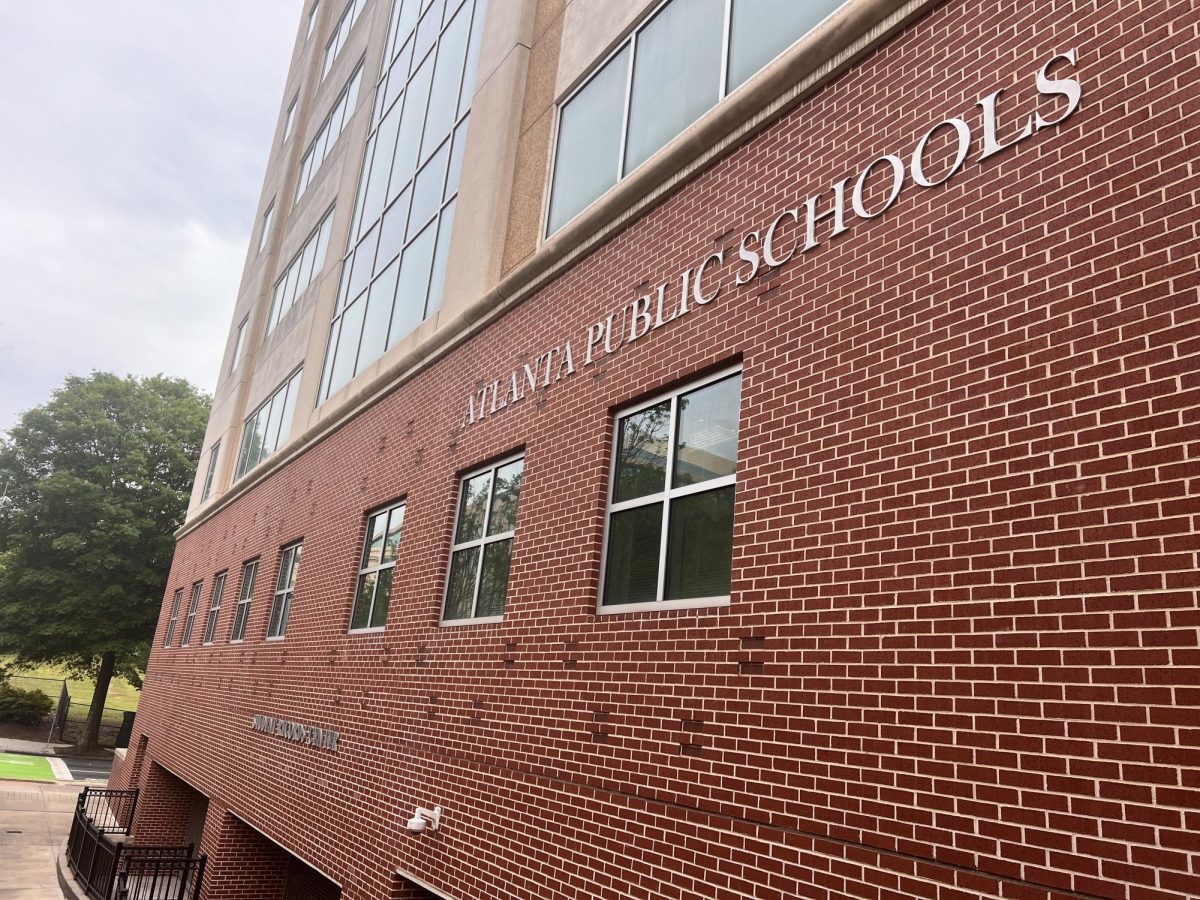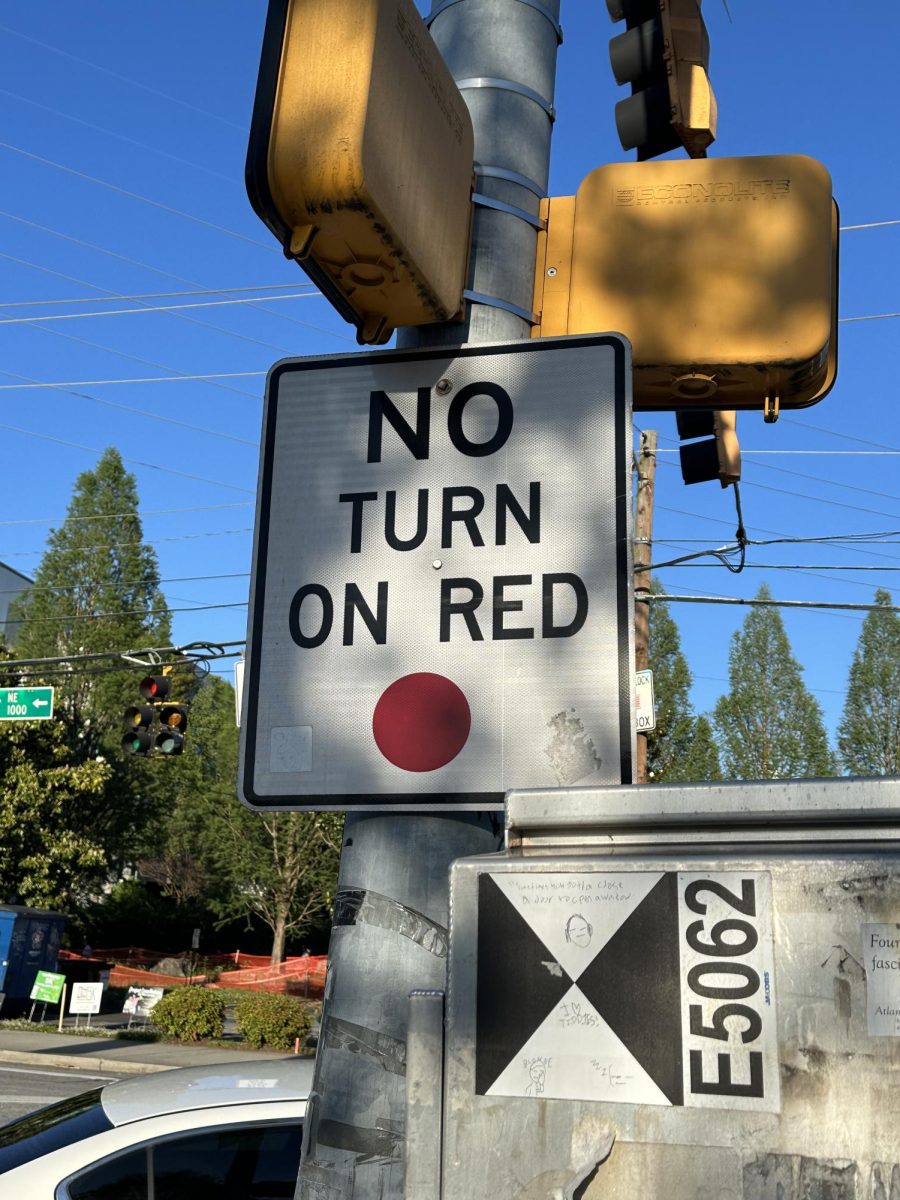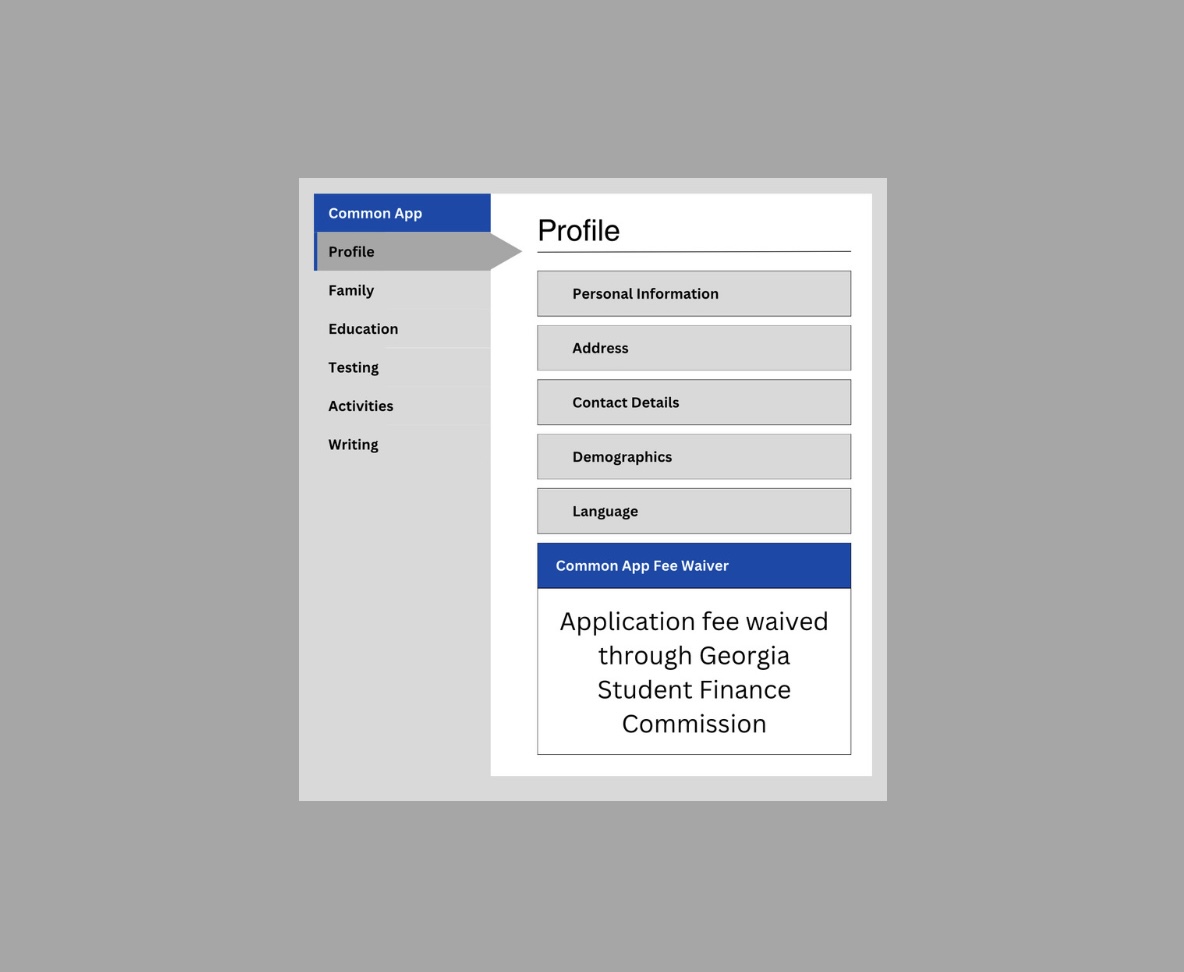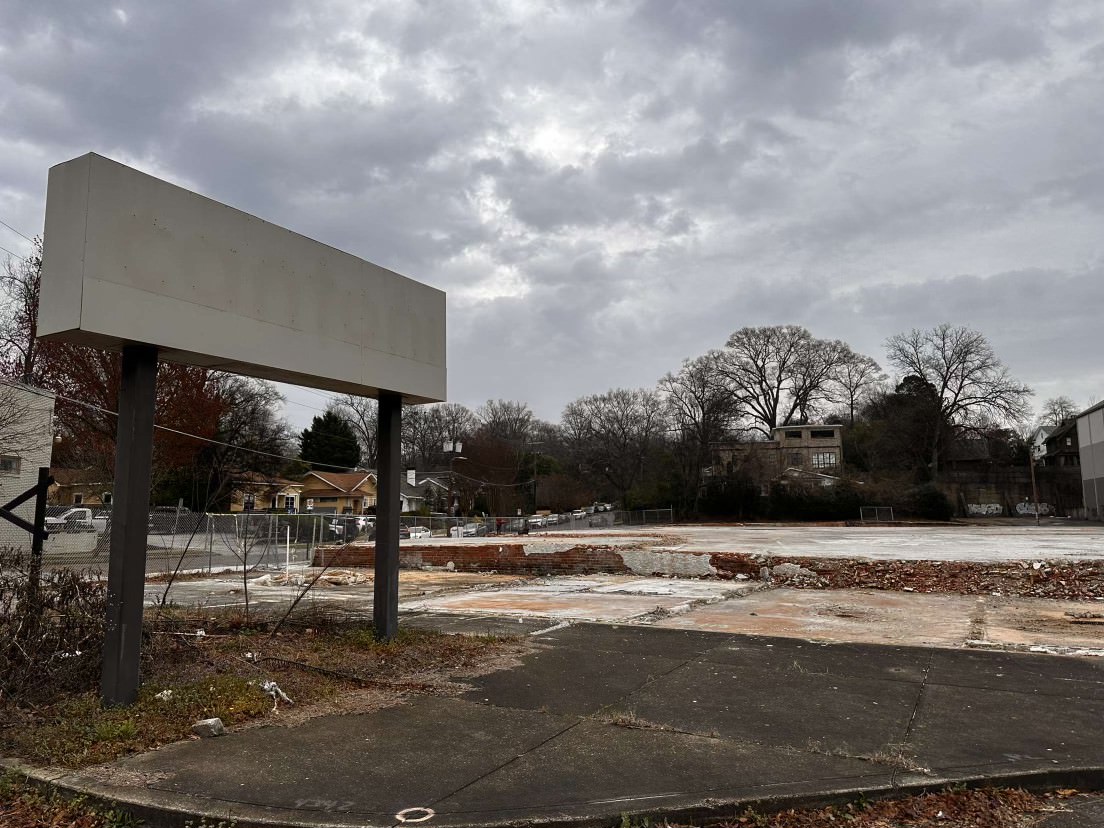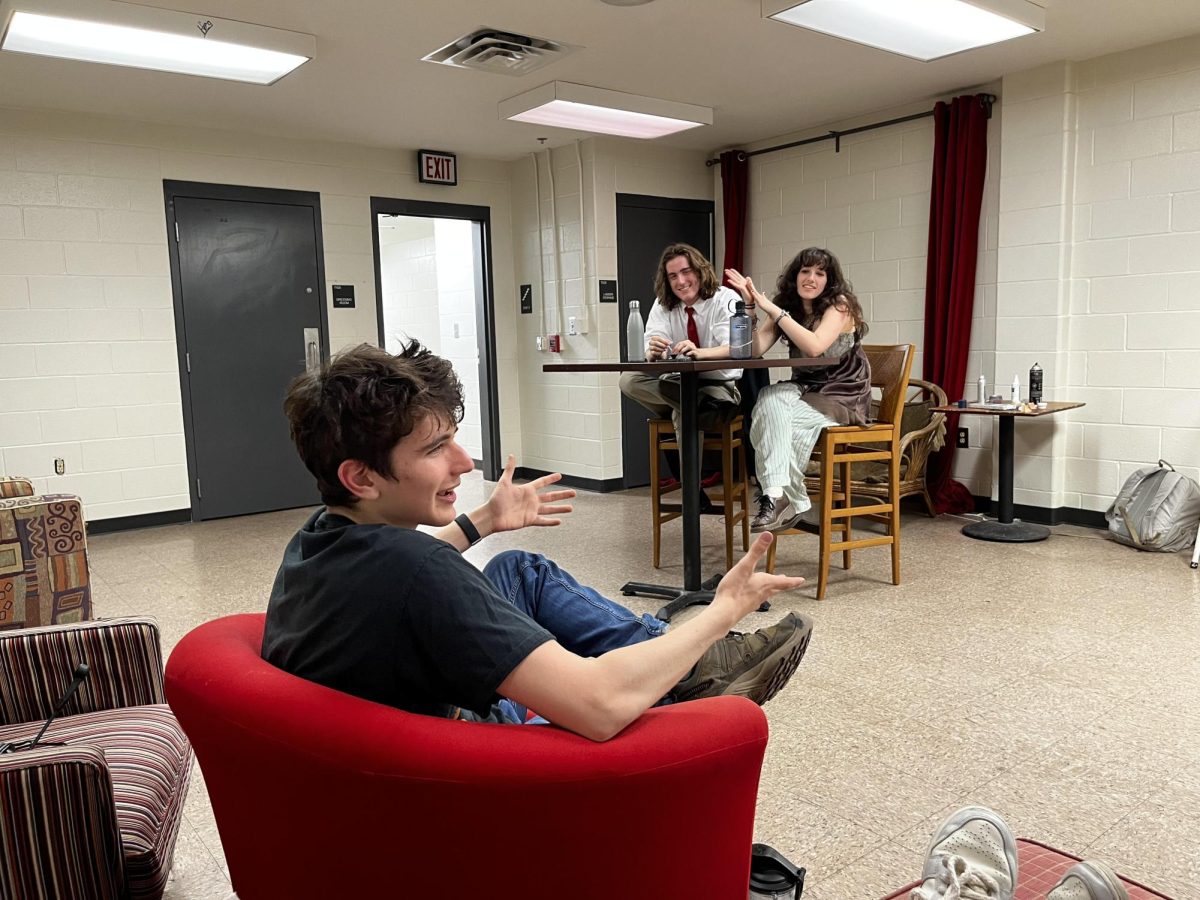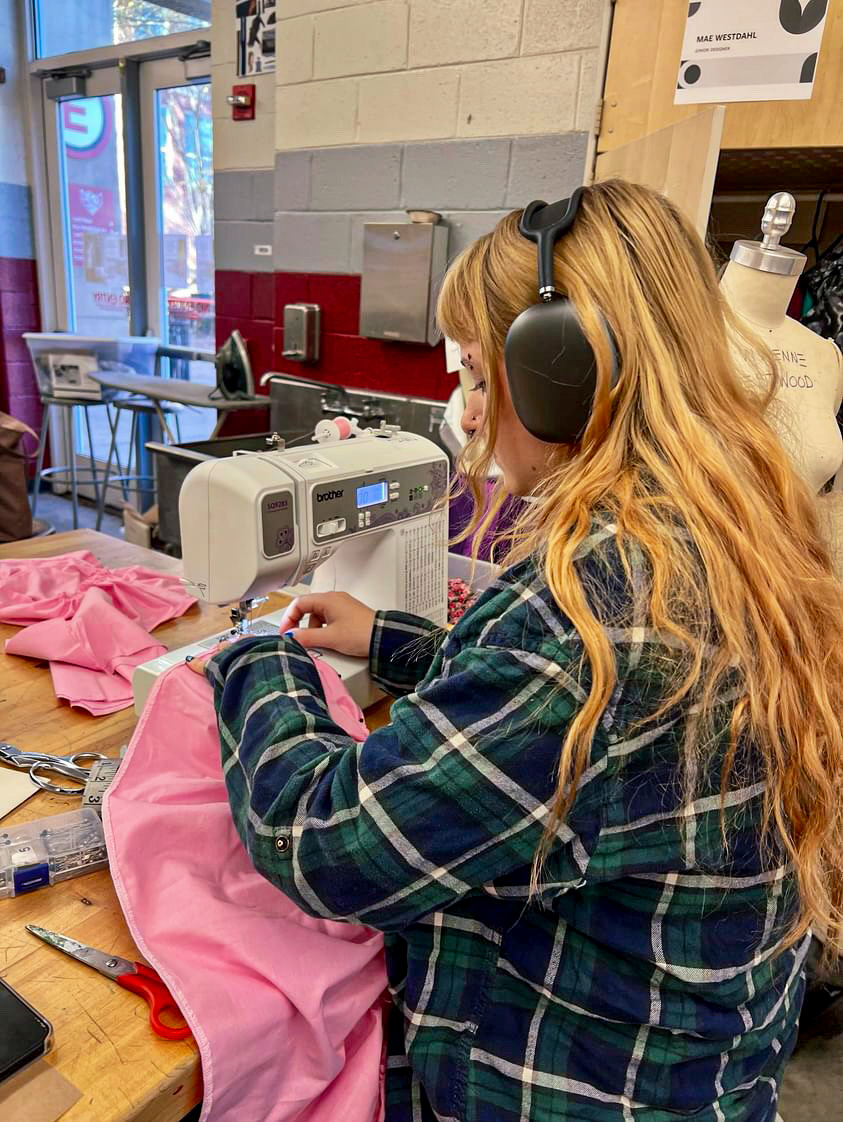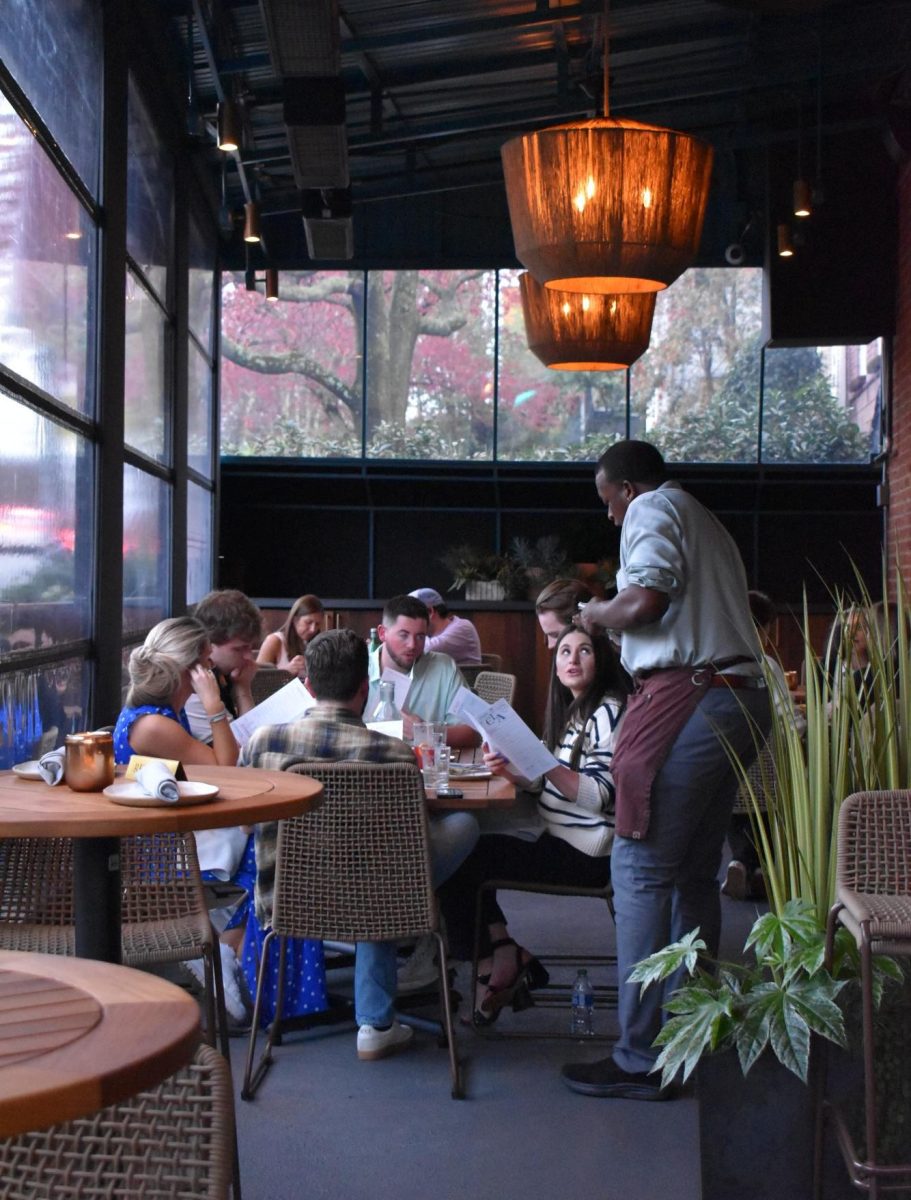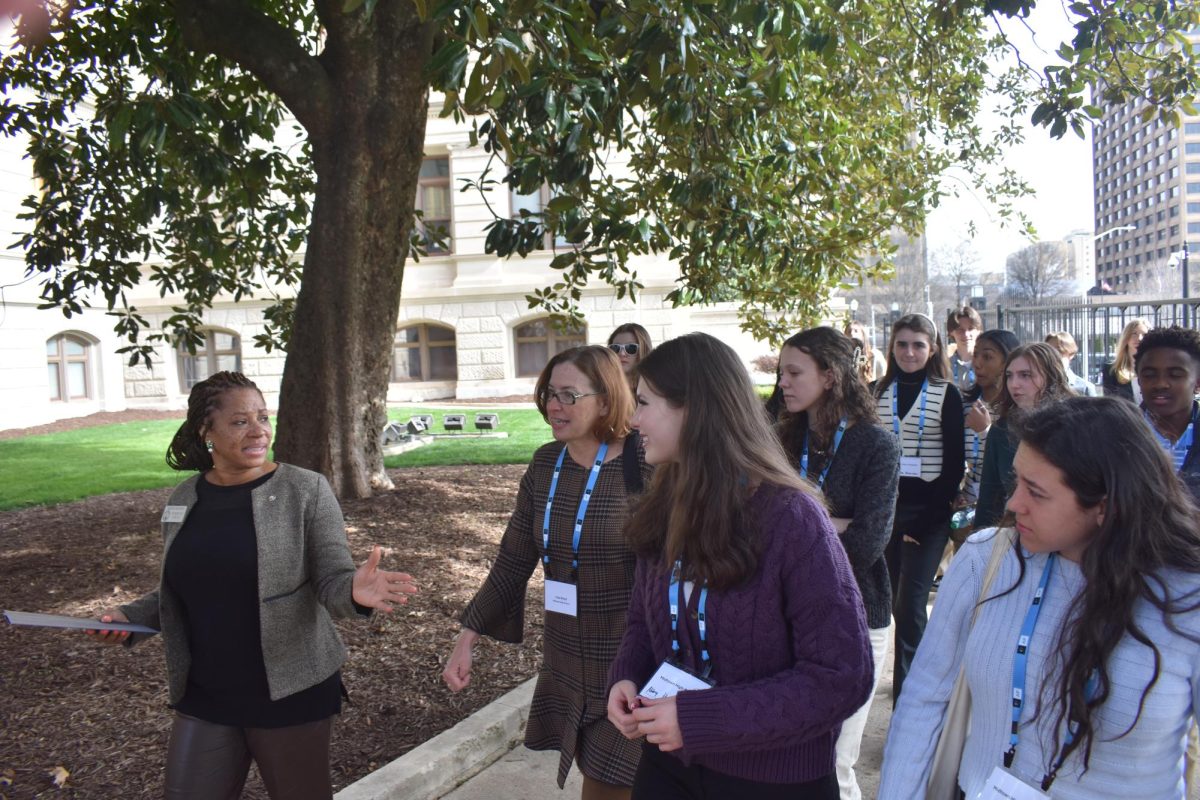From Centennial Olympic Park to the Coca-Cola Museum and the Martin Luther King, Jr. National Historic Site, Atlanta is a city of rich history and attractions for locals and visitors alike. The chaos of downtown traffic, however, repels some Atlanta-natives from taking advantage of the city’s trademarks.
“Traffic is pretty bad during busy hours, so I try to avoid going through downtown,” senior Christina Connor said. “[The traffic] gives me a little bit of road rage.”
Connor’s road rage may soon be relieved, however, as a result of a collaborative effort of the City of Atlanta and MARTA to construct an electric streetcar connecting Atlanta communities. Supporters say this addition will cause transportation around the city to become faster, easier and more efficient.
“[The streetcar will] change peoples’ perspectives and attitudes about how to get around the city,” said Reese McCranie, Deputy Communications Director for Mayor Reed.
The 2.7 mile east-west route for the streetcar will have 12 stops, starting at the King Center and ending at the Centennial Olympic Park area—home to the Georgia Aquarium, World of Coca-Cola and Georgia World Congress Center. The long-term vision for the streetcar also includes a north-to-south route from the Brookhaven MARTA station to Fort McPherson.
“We want to give Atlanta residents, visitors, students and businesses different transit options,” McCranie said. “As it is now, MARTA, the heavy rail system, only can get you so far, and what we want to do with the streetcar is provide what is called last mile connectivity.”
Science teacher Kori Ellis said the new streetcar is important because for a city of Atlanta’s size, there is not a really good public transportation system. Because of this, she said in some cases it is more convenient for people to drive than use public transportation.
“Because the streetcar is a novelty thing—it’s not a bus, which there’s sometimes a negative reaction to, and it’s not a train—it may be a draw in for some people and makes it more exciting,” Ellis said.
Ellis believes the streetcar is a good first step, but creating a better, more sustainable public transportation system will take a lot of time.
“One thing is not going to have a big impact,” Ellis said. “We have to continue investing in public transportation and focus on expanding MARTA and the train system. The streetcar is one piece in the big puzzle that needs to be expanded or fixed.”
The streetcar is a complement to the Atlanta Beltline project, which are both elements of the city’s plan to increase urban mobility, sustainable development and livability of Atlanta. McCranie said the streetcar will connect two distinct and vibrant districts—Auburn and Edgewood—that had been severed several decades ago by the interstate.
The streetcar, which will be powered by a single overhead trolley wire, will have lanes on the street, shared with other traffic. It will run on electricity, not gas or fossil fuels, McCranie said. Four separate vehicles will be purchased, each with a 100 person capacity. Two or three cars will be running at a time, with one on standby.
“It’s about giving options to folks,” McCranie said. “As a city, we really want to encourage people to leave their vehicles behind.”
According to the Atlanta Streetcar website, the design of the streetcar is a more sustainable and viable alternative to buses because they produce less noise and emissions.
Because the streetcar will provide missing circulation to the existing transit services coming downtown, McCranie expects it to spur economic development.
“If you’re a business owner, the streetcar will act as a circulator for tourists, residents, businesses, owners, students and conventioneers, so were expecting some of the benefits will be increased business opportunities for existing businesses and enterprises already on route,” McCranie said.
The tourism and hospitality industry in Atlanta is a $12 billion industry, sporting aound 220 thousand jobs, McCranie said. According to the Atlanta streetcar fact sheet, by 2030, it is projected that Downtown Atlanta will experience 5.1 million square feet of retail absorption and an increase of about 4.4 million square feet of new office space thanks to the Atlanta Streetcar.
McCranie said the streetcar’s importance will grow with the opening of the National Center for Civil and Human Rights and the College Football Hall of Fame because the streetcar will connect the two major attractions.
Overall, McCranie said the feedback from the community has been largely positive. Atlanta Streetcar’s TIGER grant application included more than 30 letters of support from the Atlanta business community, as well as metro area economic development, environmental and transportation organizations. The project also received letters of support from Congressman John Lewis, Senator Saxby Chambliss and Senator Johnny Isakson.
Although construction of the streetcar has hindered some businesses, McCranie believes the community’s discomforts will subside once the streetcar opens, and the public will realize the benefits of the streetcar system.
According to the Atlanta streetcar fact sheet, after receiving $47.6 million in federal funding in 2010, construction for the streetcar began in 2012 with service scheduled to begin this year. Due to unforeseen challenges, the schedule was pushed forward, with construction expected to be completed by the end of this year, and operation to begin in 2014.
“We’re constructing in two of the oldest areas of the city: Edgewood and Auburn…., so what we ended up discovering is that underneath the surface of the road, we had a spaghetti network of wires, pipes, all sorts of utilities…,” McCranie said. “We’ve been working with more than 18 different utility companies to move the lines so we can lay track, and that proved to be very challenging.”
The total cost of the project is $69.2 million. McCranie said the streetcar is being funded by a mix of public-private partnerships, the city and a $47.6 million grant from the federal government. The streetcar will be compatible with the Breeze card system and will be integrated with MARTA and other transit services.
“The streetcar itself with the 2.7 mile route is really just a starting point…a first stake in the ground,” McCranie said. “We’re going to expand the streetcar system. It’s going to connect to the Atlanta Beltline. … It’s a really ambitious project, but we think its going to benefit the community greatly.”

